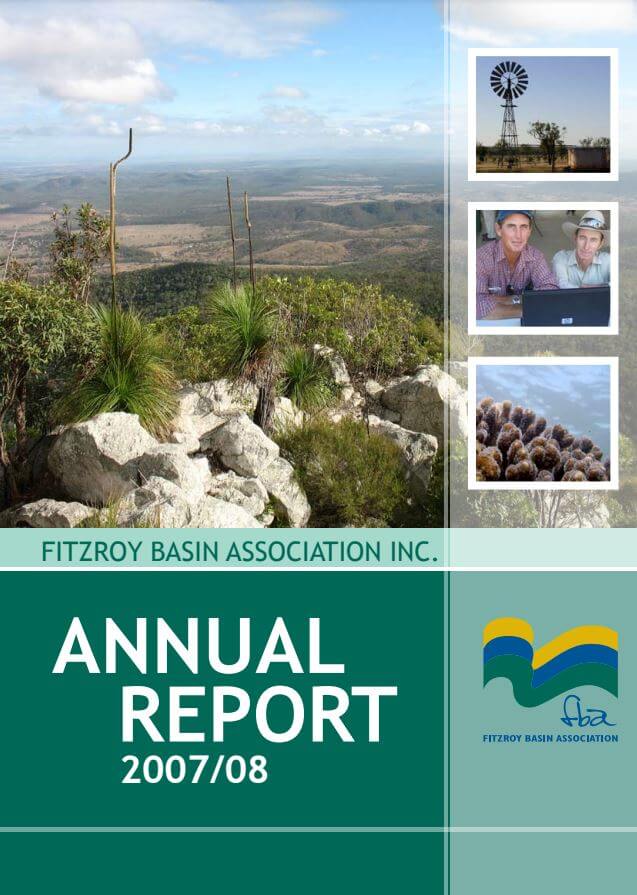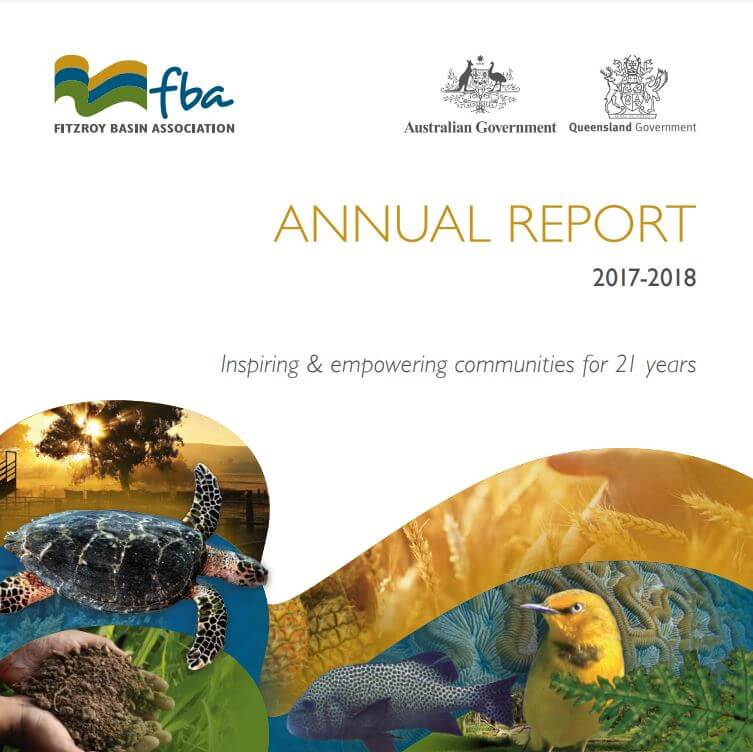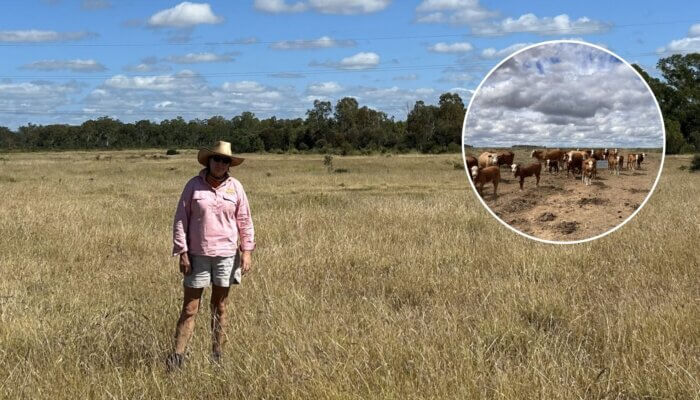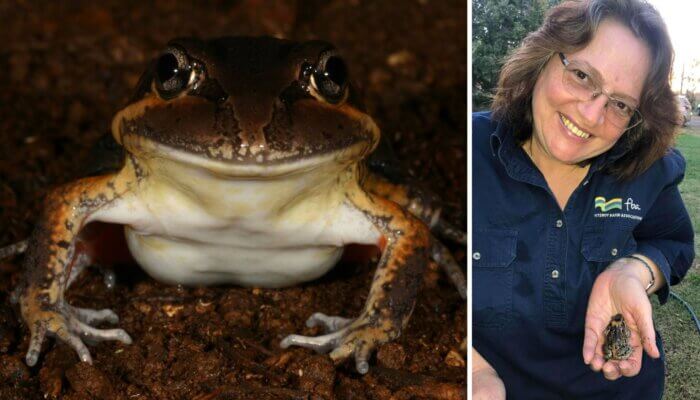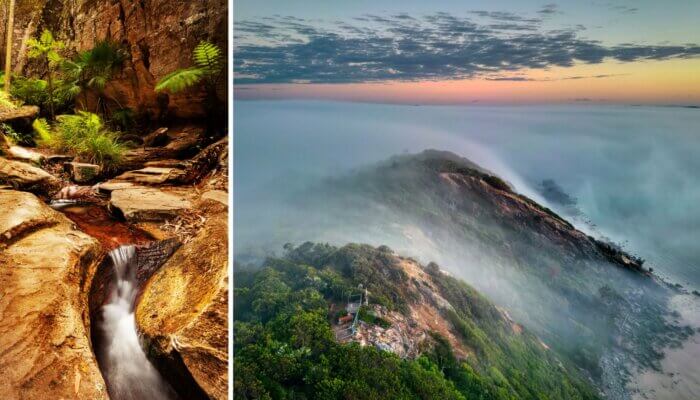Resources library
Resources
Fire in the Australian Landscape
The effects of fire on plants, fungi and vegetation communities
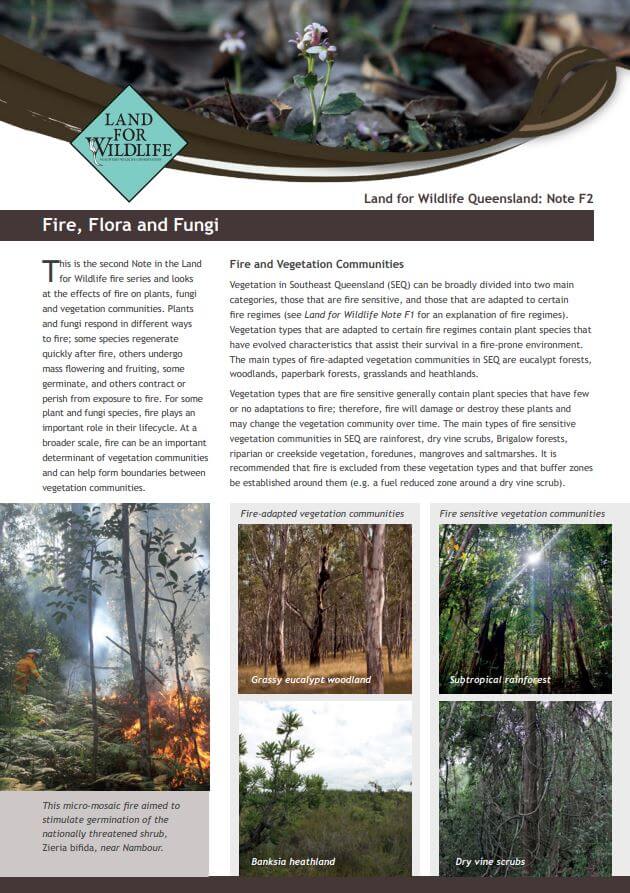
This is the second Note in the Land for Wildlife fire series and looks at the effects of fire on plants, fungi and vegetation communities. Plants and fungi respond in different ways to fire; some species regenerate quickly after fire, others undergo mass flowering and fruiting, some germinate, and others contract or perish from exposure to fire. For some plant and fungi species, fire plays an important role in their lifecycle. At a broader scale, fire can be an important determinant of vegetation communities and can help form boundaries between vegetation communities.
Fighting Tilapia
Controlling the spread of Tilapia

Confidently identify pest fish species Tilapia and ensure that you don't get caught with the wrong fish! This film explains how you can help protect the waterways of the Fitzroy Basin.
Semi-Evergreen Vine Thicket Fact Sheet
SEVT Factsheet
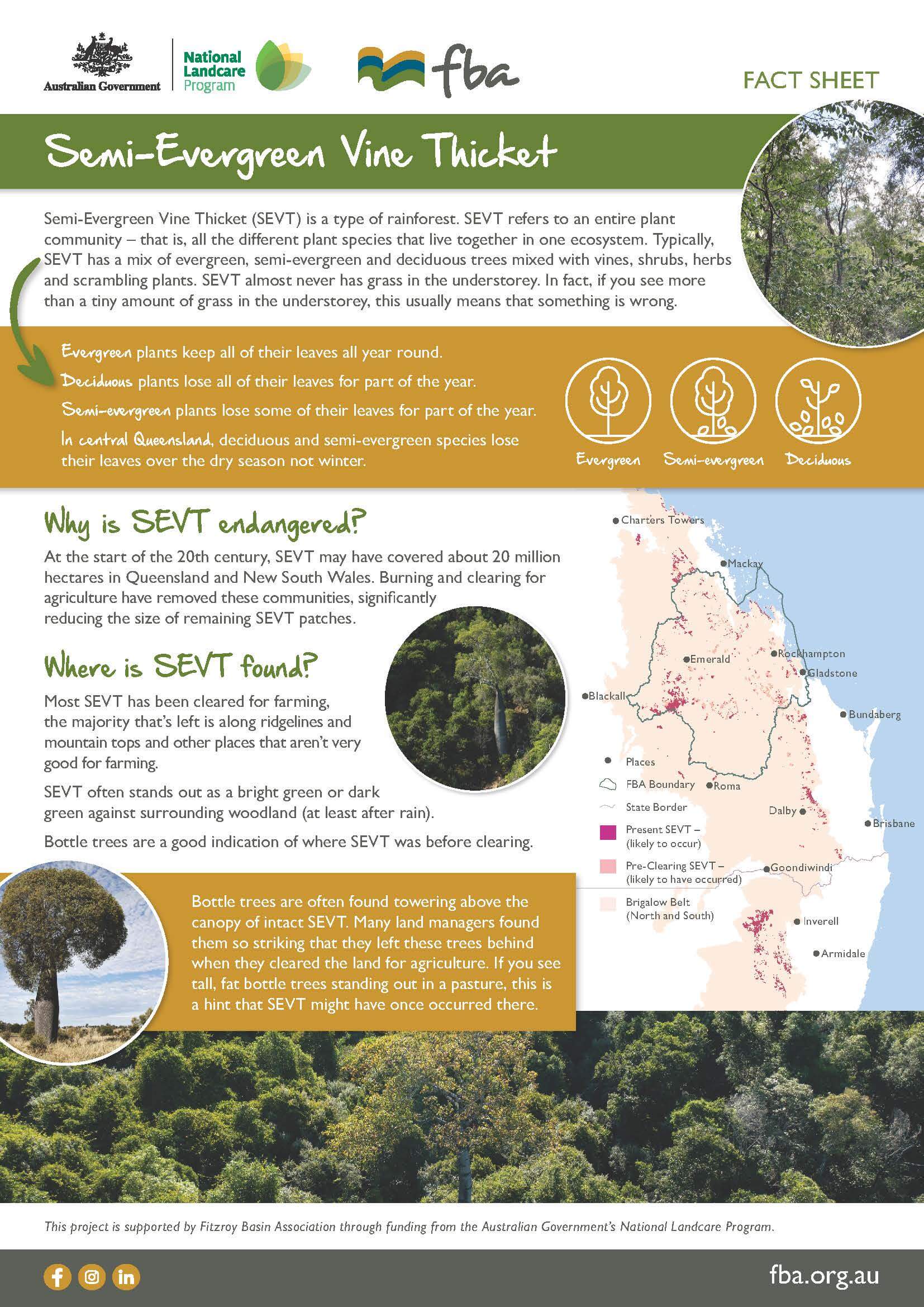
Semi-Evergreen Vine Thicket (SEVT) is a type of rainforest. SEVT refers to an entire plant community – that is, all the different plant species that live together in one ecosystem.
Contour Banks Case Study
Contour Banks Case Study
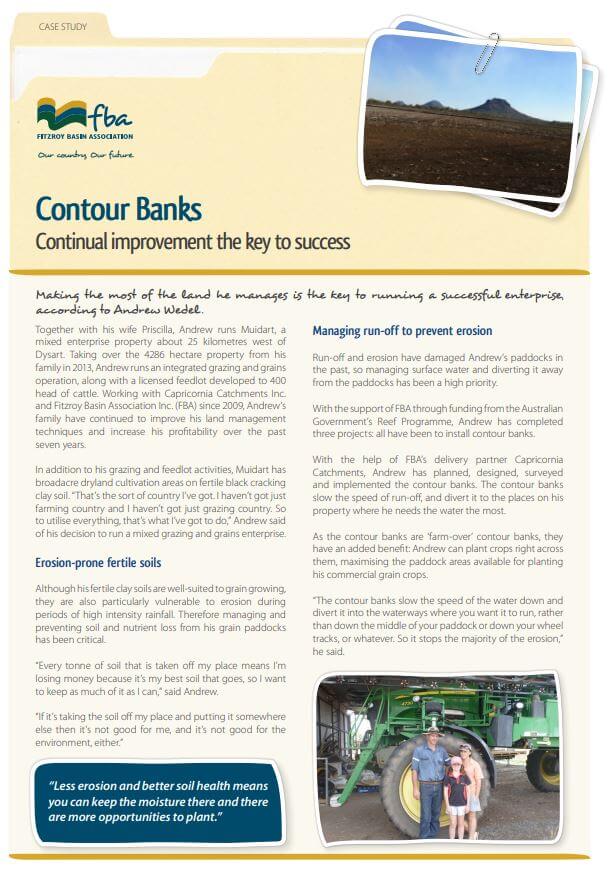
Making the most of the land he manages is the key to running a successful enterprise, according to Andrew Wedel.
Kroombit Tops Threatened Species Fact Sheet
FBA's Kroombit Tops Threatened Species Fact Sheet
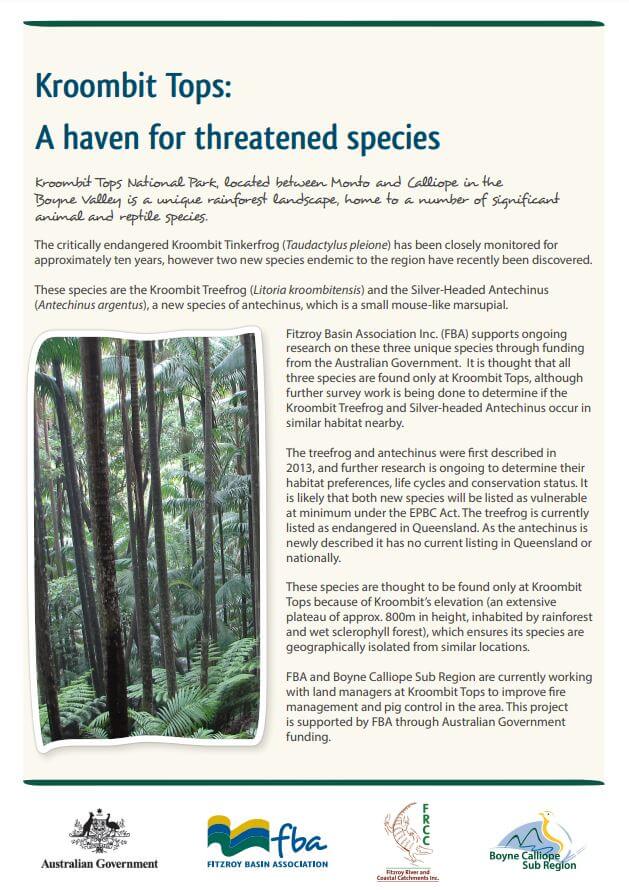
Kroombit Tops National Park, located between Monto and Calliope in the Boyne Valley is a unique rainforest landscape, home to a number of significant animal and reptile species. Download this fact sheet to learn more.
Multi-topic Forum – Workshop Summary
Multi-topic Forum - Workshop Summary
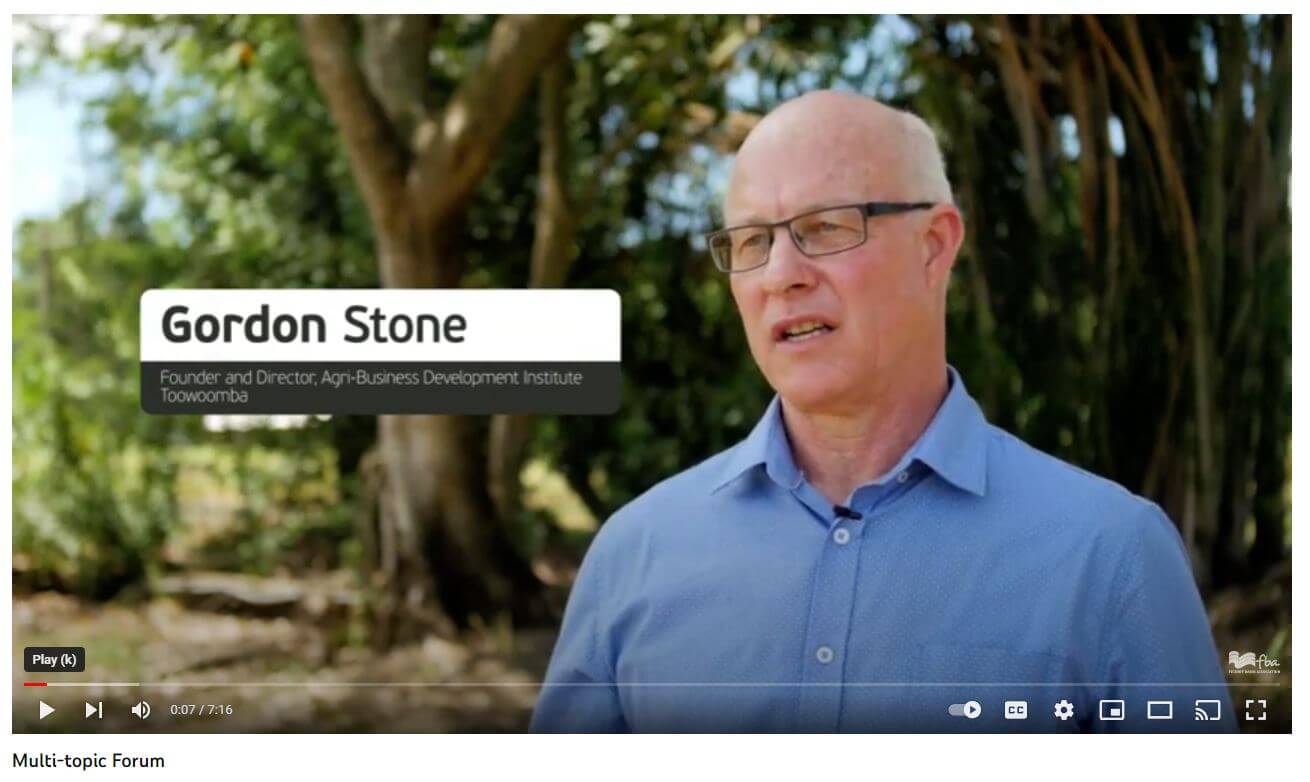
Practical ways to boost production, performance and profit. Held at the Rocky Sports Club on 20 November, 2018.
Fencing land types case study
Fencing land types - If you fence it, they will eat it

Making cattle eat the right grass in the right place is a lot like forcing a child to eat their vegetables - it’s difficult. When cattle find a more desirable grass species in a level, shady spot, they stick around.





